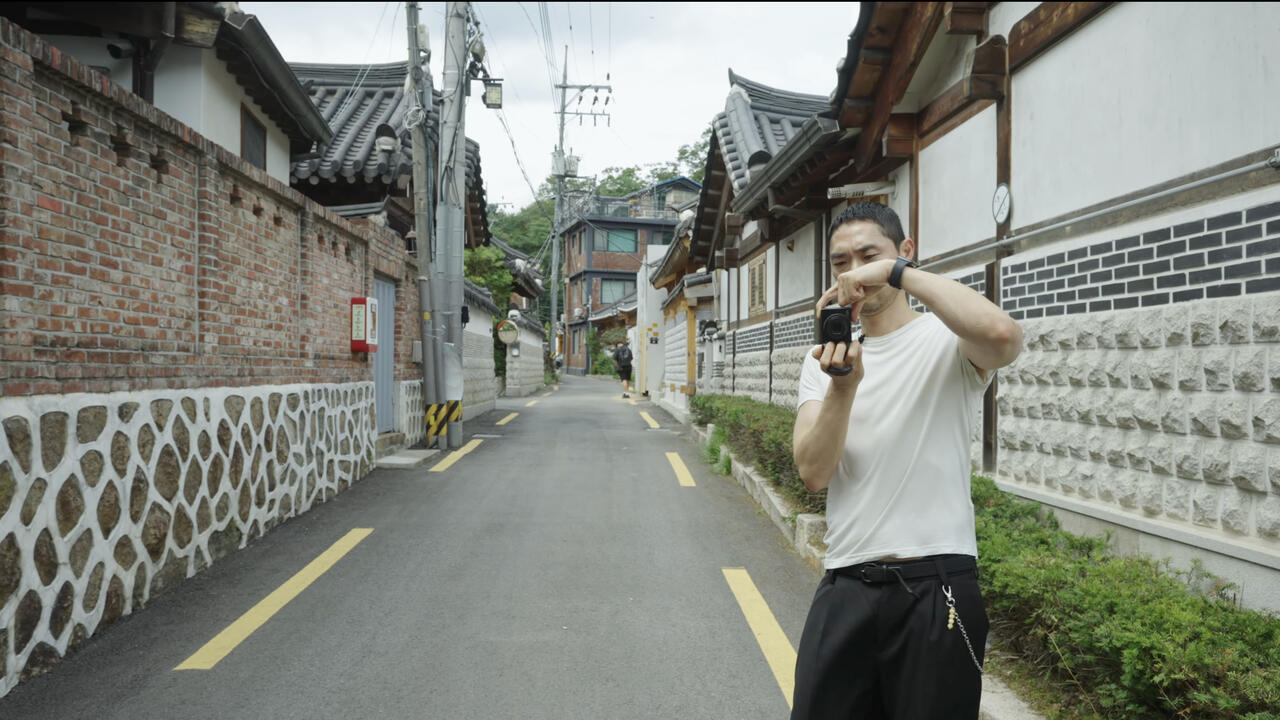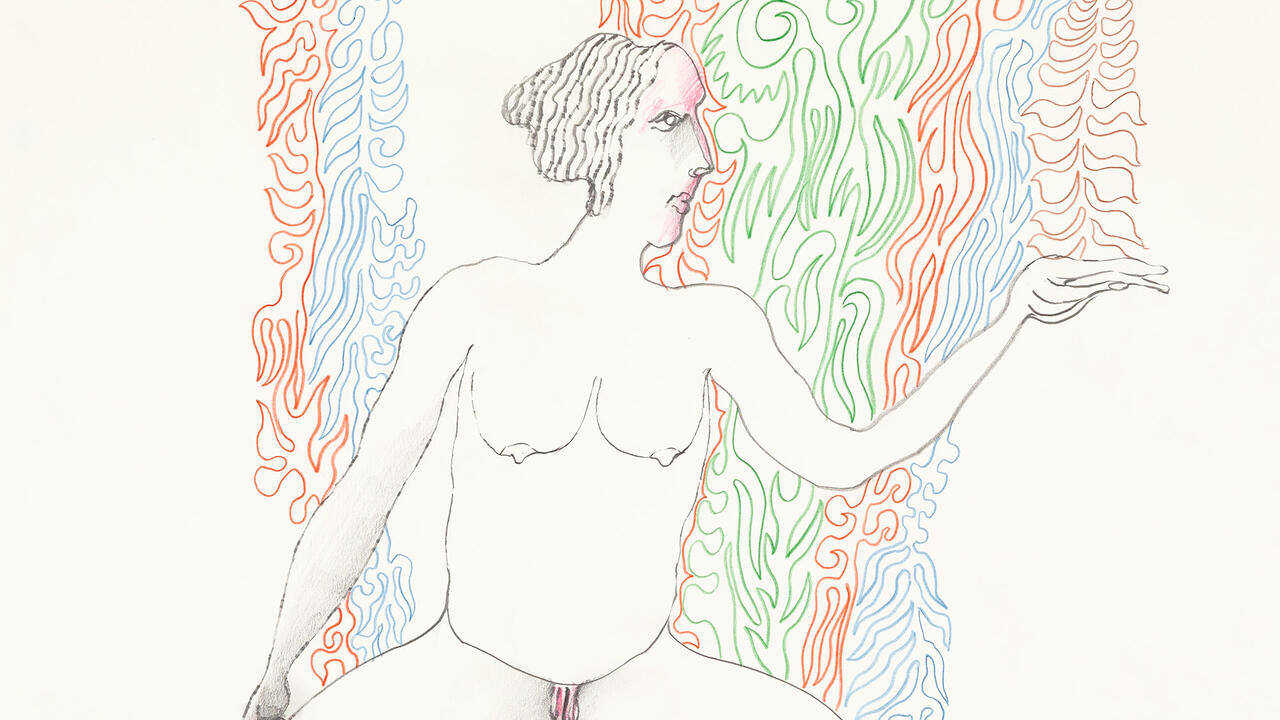Future Primitive

The much-loved Heide Museum of Modern Art, arguably the spiritual home of modernism in Melbourne, was an ideal setting for a show that explores anthropology and aspiration. Curated by Linda Michael, ‘Future Primitive’ was a rich and provocative show, a critical reappraisal of primitivism. The contentious term, which broadly signifies the use of non-Western forms by Western artists, has functioned differently over time: from the pejorative Enlightenment binary of ‘primitive’ versus ‘civilized’, to the fetishization of the primitive as a portal to primal, even spiritual, drives in the early 20th century, to the critique of this neo-colonialist strategy, to its subsequent re-fetishization in exhibitions such as ‘Magiciens de la Terre’ (1989). One of the accompanying catalogue essays, by Andrew McNamara and Ann Stephen, notes that primitivism balances ‘on the knife-edge of envy and denunciation’, able to productively reassess other cultures just as it can also denigrate them.
The conflation of ‘primitive’ with notions of race or ethnicity is critiqued by ‘Future Primitive’, which instead emphasizes it as a tool for changing paradigms. One of the exhibitions strengths of was its inclusion of contemporary practitioners who engage with this debate from across the southern hemisphere, which has been characterized by theorists such as Homi K. Bhabha as the primary subject of sustained colonial aggression.
Not that geography is used as a pass to engage so-called primitive forms and methods: Alasdair McLuckie’s work develops from his father’s fascination with American Indian beading traditions, while Janet Burchill and Jennifer McCamley deploy the ‘X’ marking of a traditional Papua New Guinean tribal shield in their own constructions. The practice of Fiona Hall – who will represent Australia at the 2015 Venice Biennale –was fascinating in this context. For many years, she has used craft processes to explore environmental and social concerns. Her Portrait of the Victor (2012) re-knits a Sri Lankan military shirt featuring a Singalese camouflage pattern, turning the uniform into a voodoo skull with dice teeth. The work functions as an exorcism, borrowing, again, fetish modalities to invent Hall’s own ‘primitive’ black magic.
One of the risks of cultural appropriation is the hollowing out of meaning in favour of style. This is the focus of Graham Fletcher’s large-scale yet understated paintings of domestic interiors, in which various artefacts are seen casually arranged alongside designer furniture. Conversely, Rohan Wealleans deliberately embraces the fetishization of primitivism as style: in his photomontage Cave of Wonders (2013), bejewelled and painted vaginas feature alongside flowers and crystals as ‘digitally printed wallpaper’.
Unsurprisingly, the great innovator-cum-plunderer-cum-stylist Pablo Picasso features prominently in the work of several artists. Daniel Boyd transcribes a famous photograph of Picasso from the 1960s, dressed up as a Native American in a headdress given to him by Gary Cooper, into a monochrome pointillist surface, each dot seemingly a lens through which to better understand the appalling ‘blackface’ image.
Sanne Mestrom and Ricky Swallow extend modernism’s primitive lineage, by way of Henri Matisse in Mestrom’s case and Anthony Caro in Swallow’s. Mestrom revels in its libidinous charge in her reworking of Matisse’s 1909 The Dance in cardboard models cast in bronze and steel, which borrow from Matisse’s paper-cuts. Swallow’s assemblages – such as Cup/Unravelling (2013), also of cardboard scraps cast in bronze – rework the poise and humility of Giorgio Morandi’s mid-century still lifes.
Siri Hayes considers the ‘primitivism’ of childhood, drawing on the objects made by her daughter and son in the series Flowers and Weapons (2013). The inkjet prints use Instagram filters to echo but update the ethnographic photographic tropes associated with early 20th-century anthropology. Childhood is also found in the work of Dylan Martorell, whose extraordinary assemblage Roadside Picnic (2013) – which includes chewing gum, Buddhist bracelets, skis and nose flutes – is literally wired for sound. The parts of the installation were joined by a thin ribbon of copper, which, when touched with bare feet created sound, attracting a cluster of excited children. ‘Future Primitive’ suggests that moving forward may actually involve regression, slipping off our shoes to release our inner child/caveman/shaman, rather than stealing someone else’s.

















